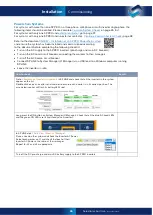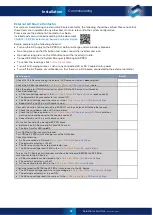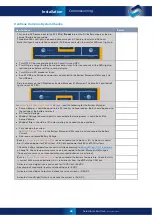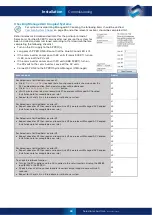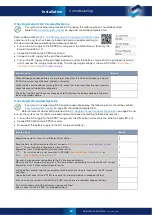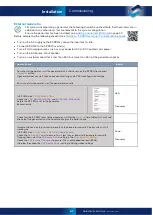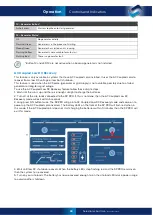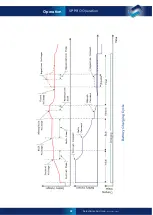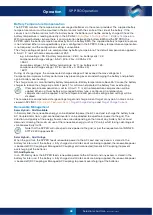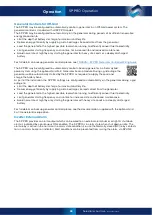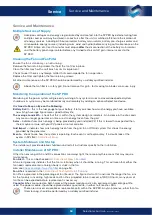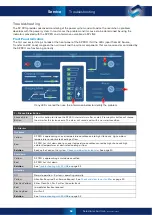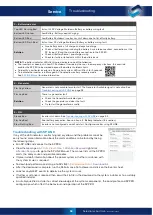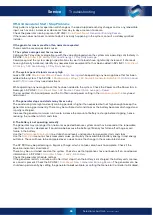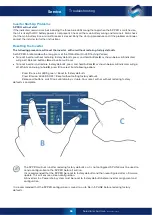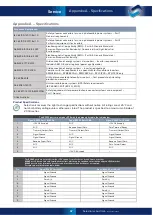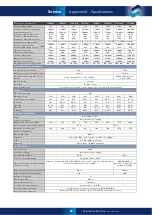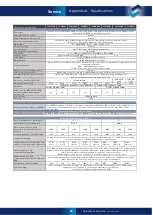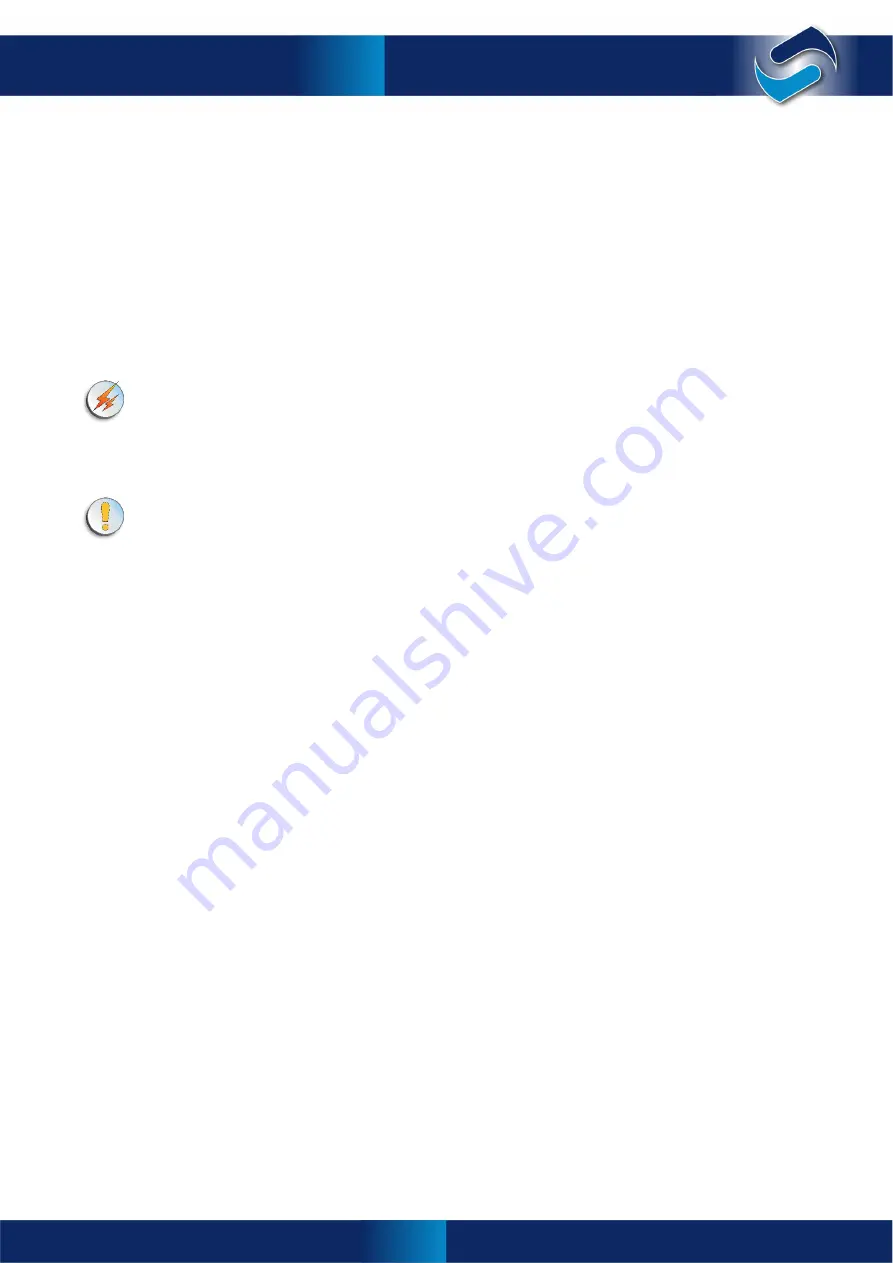
45
Selectronic Australia
Rev 41 - Dec 2022
Operation
SP PRO Operation
The following section describes in detail the operation of the SP PRO. A good understanding of the operation
of the SP PRO and its parameters will enable configuration of the SP PRO to meet the system design
requirements.
The SP PRO Battery Management continuously monitors the system operation. This monitoring allows the
SP PRO to ensure the batteries are correctly charged to maximise system reliability. The monitoring includes
any input from renewable sources (AC or DC Coupled) and any site Loads directly connected to the battery
bank.
An SP PRO Powerchain system operates the same as a single SP PRO. The System Manager controls the
function of the Powerchain and provides the interface to external system components.
The SP PRO uses a five-stage temperature-compensated battery charging system. This system gives a high
degree of flexibility so it can charge the multitude of battery types available.
Also incorporated into the SP PRO are a number of time-of-day and day-of-week schedules. These schedules
can be set to meet the cheapest electricity rates or reduce high Load demands from the grid.
WARNING:
This equipment must be used in accordance with the instructions in this manual and any
other related documents. If this equipment is used in a manner not specified by the manufacturer as
contained in this manual and other operational documents and instructions, then the protection
provided by the equipment may be impaired.
Do not
remove any covers. There are no operator-accessible parts within the SP PRO.
Battery Management
Please refer to the battery manufacturer’s documentation for recommendations regarding settings
for the particular battery. Inappropriate settings may have a detrimental affect on battery life and
performance.
The SP PRO provides comprehensive battery management settings and controls to allow a charge regime to
achieve optimal battery life.
SP PRO Battery Management Features Include:
•
State of Charge monitoring and control.
•
Battery terminal voltage monitoring (Battery Sense / pre-charge) and control.
•
Charging initiated by battery state of charge and / or battery voltage.
•
Five-stage charge cycle: Initial, Bulk, Absorption, Float (short term and long term) and Equalise.
•
Shutdown on low battery voltage, low battery state of charge, or both.
•
Two-stage battery temperature compensation of charging voltage.
•
CAN bus to interface with managed battery systems for precise and coordinated control of battery charge
and discharge currents.
The SP PRO may be configured to use grid power or to automatically start a backup generator (with Grid Fail /
Generator Backup Option) when a battery charge cycle is required during a prolonged grid outage.
Battery State of Charge (SoC)
Monitoring and Control
When using a managed battery, the SP PRO takes the battery SoC directly from the BMS.
When using an unmanaged battery the SoC is calculated by the SP PRO. For the SoC control to function
correctly all DC battery currents, other than the inverter current, must be monitored via one or two optional
current shunts fitted to the SP PRO. No current shunt is required to read the SP PROs current or any AC
Coupled supply, as this is read internally. The resultant battery current is monitored to track the battery SoC,
which is expressed as a percentage of the battery size set in the SP PRO (Battery Capacity).
The accuracy of the battery SoC is limited by a number of factors including the charge and discharge
efficiency of the battery bank. To improve the accuracy of the battery SoC calculation, the SP PRO employs an
adaptive algorithm to constantly update a ‘charge efficiency index’, which is used during recharge. Even so, to
maintain an accurate SoC the battery bank should be charged to Float every 3 to 4 days.
In an Off-Grid system where a generator is installed, the SoC is used to automatically start the generator as
required. The generator then supplies the Load, while any excess available generator capacity will charge the
batteries.
In a Solar Hybrid system, the SoC – along with time of day and Load demand – is used to vary the priority and
direct the renewable energy to either power the AC Load or recharge the battery bank. Any excess power
from the AC Coupled solar inverters will then export to the grid. This allows for the maximum use of the
renewable energy (such as PV solar) whilst taking advantage of variable electricity tariffs. Please note that the
SP PRO does not export active power to the grid, as per the requirements of AS/NZS 4777.2:2200 appendix
M.
SP PRO Operation






